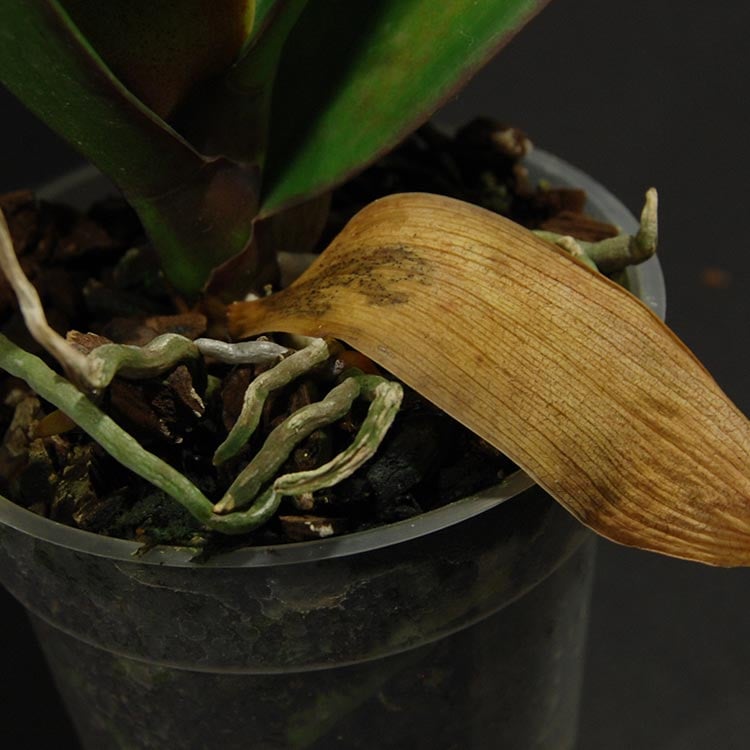
Even if you’re giving your orchid the best care in the world, unexpected things can happen. Your cat might knock it off the table. Or you might notice its blooms are falling off sooner than expected.
The key to handling almost any orchid care emergency is being prepared. Understanding what is happening to your orchid and how to treat it will keep it thriving.
Let’s take a look at three of the most common orchid care emergencies, what they mean and what you can do to fix them.
Orchid flower loss is a normal part of an orchid’s lifecycle. But if your orchid suddenly loses its blooms, it could be the result of a few things:
To avoid these orchid care emergencies, remember your orchid will not like a temperature lower than 65 degrees. If you think your plant is too dry, try soaking its roots and bark in water for two minutes. For orchid root problems, you may need to repot.
Before we get into what you should do if one of your orchid stems breaks, let’s review what not to do. Don’t try taping it up. That invites infection.
Instead, cut the orchid stem where it has broken. Then, put it in a vase with water, and cut the remaining broken flower spike down to the base of your orchid to encourage new growth.
The fact is, there are a lot of reasons why your orchid’s leaves might be changing color. The most common one (if your leaves are turning a very dark green) is your orchid may not be getting enough light. White leaves indicate your orchid is getting too much light.
Remember that orchids love indirect light.
If the bottoms of your orchid’s leaves are turning yellow, the plant is getting rid of a mature leaf to prepare for new growth. But if an entire leaf turns yellow, you may have spider mites.
Knowing what to do and when is the key to handling any orchid care emergency.
We just covered the three most common ones, but there are others you may experience that you should prepare for as well. Our guide “Orchid 911!” will explain what you should do after discovering one of these mishaps.

Copyright Just Add Ice® Orchids 2023